Colorado incorporated in the United States after the Louisiana Purchase of 1803. Gold was discovered along the South Platte in 1858; other discoveries followed. The following year, a gold rush swept the eastern United States. Gold was first panned from streambeds, then the mountainous terrain was explored in search of the mother lode. The mining boom fueled open conflict with Native Americans. Despite such incidents as the Sand Creek Massacre (1864), the majority of tribes were relocated to reservations outside the state during the 1870s, including the Arapaho, Pawnee, Cheyenne, and Crow.
Civil and criminal codes were created in frontier mining districts, and penalties for crimes were established. Only a few of the thousands of gold-seekers found their bonanza. The boom had ended by the 1890s, and the mountains had largely been vacated except for a few permanent mining towns. Colorado’s period of territorial government coincided with the mining rushes. A federal law from 1861 provided that administrative officials would be appointed by the president. In 15 years, seven governors were appointed, but none served a full four-year term. A constitution was drafted and ratified by the territorial assembly in 1875, and Colorado became a member of the union in 1876.
Food shortages during the gold rush led enterprising pioneers to establish a new and significant economic component. The single most significant event in Colorado history was the diversion of water from streams to irrigate the land. In a time of conflict between livestock herders and farmers, a completely new social code and economy, as well as a Western water law, were created. Cities and towns became dependent on irrigation agriculture. Across the landscape sprang sugar factories that extracted juice from the sugar beet plants. Cattle and sheep had replaced buffalo herds on Colorado’s plains by 1881. The Rocky Mountains, plains, and feedlots of Colorado provided the basis for Colorado’s meat industry. The automobile, railroad, and a tunnel connecting western Colorado to the eastern portion of the state helped push industrial development forward, linking the mountains and high plateaus with the flat eastern portion of the state. The Pueblo area also became a major producer of metals in the 1880s, thanks to the availability of iron ore and coal.
Below are some stunning historical photos that show what Colorado looked like in the late-19th Century.


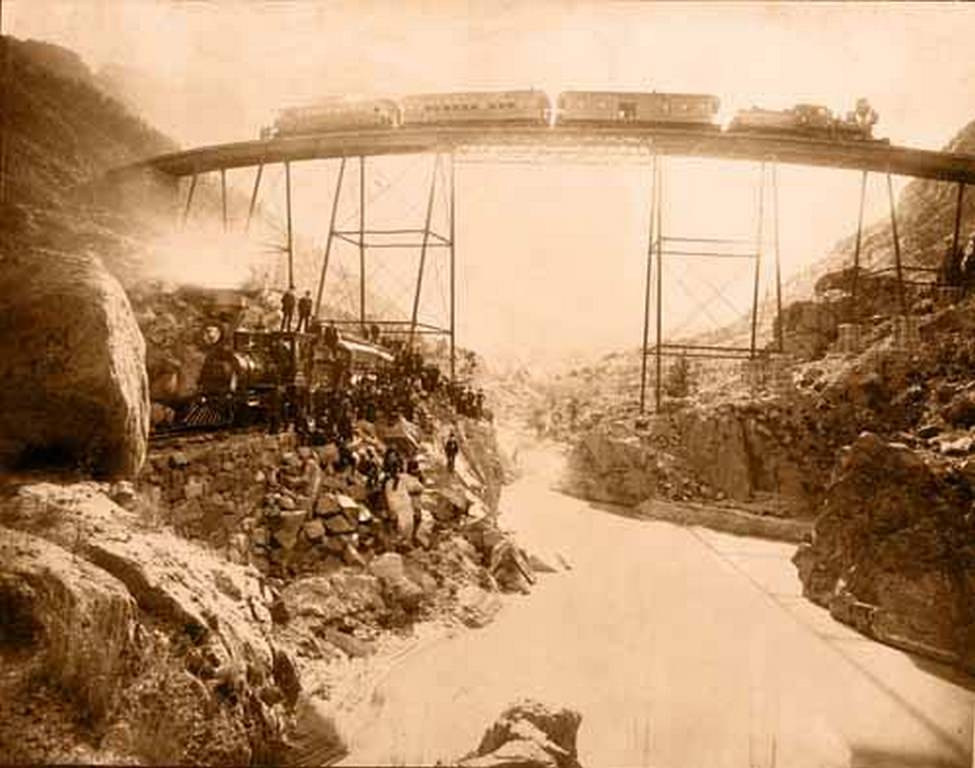

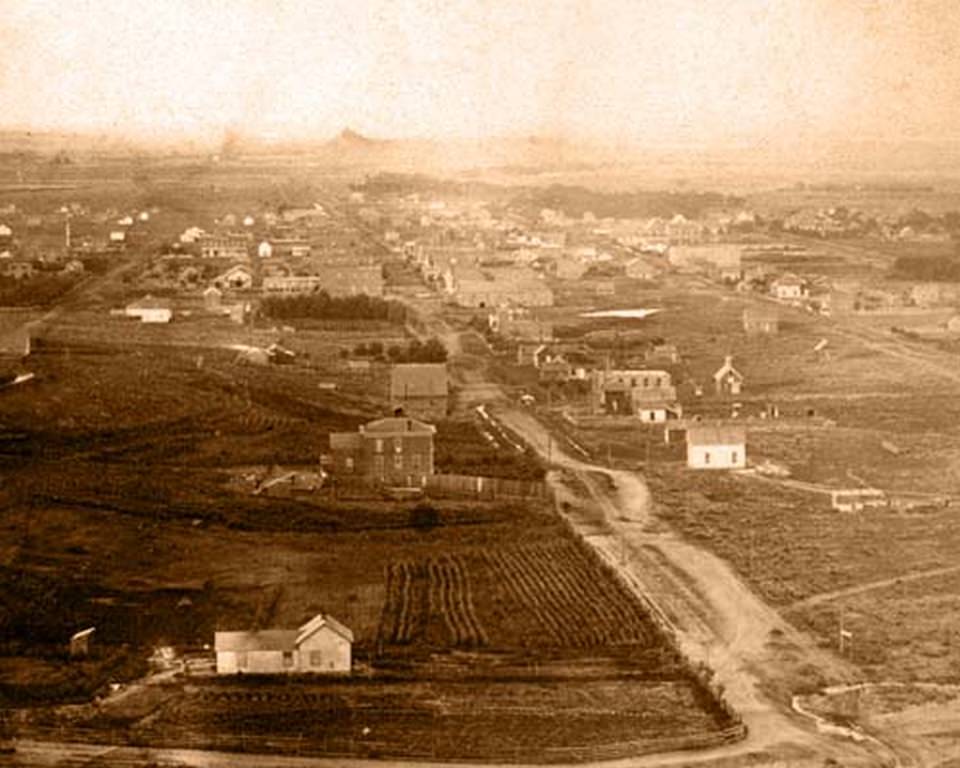










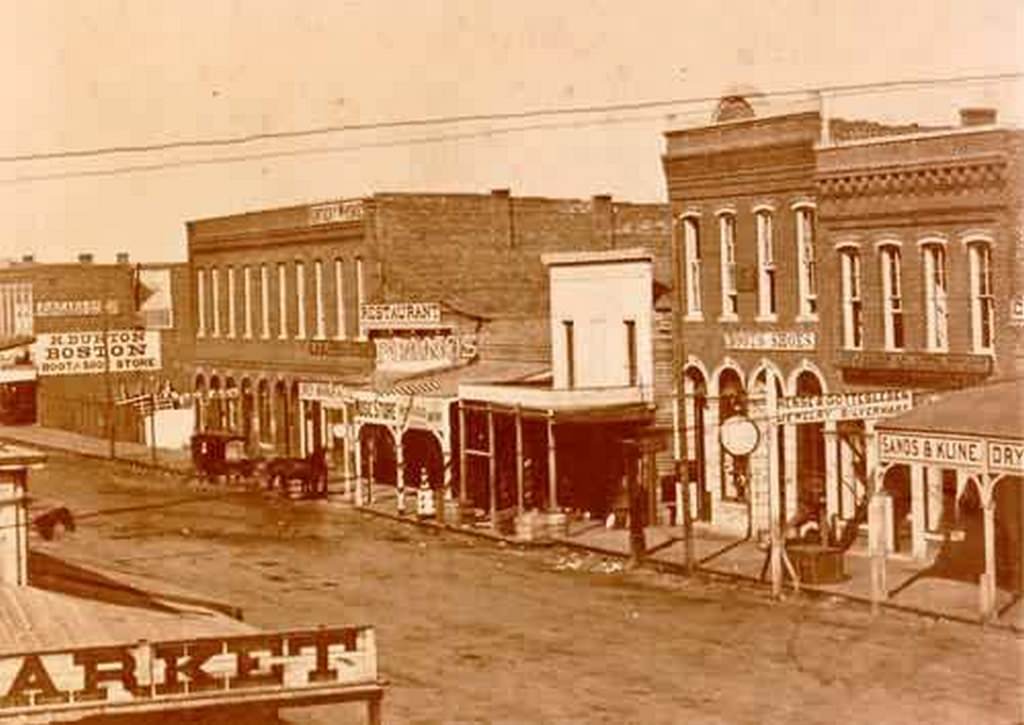






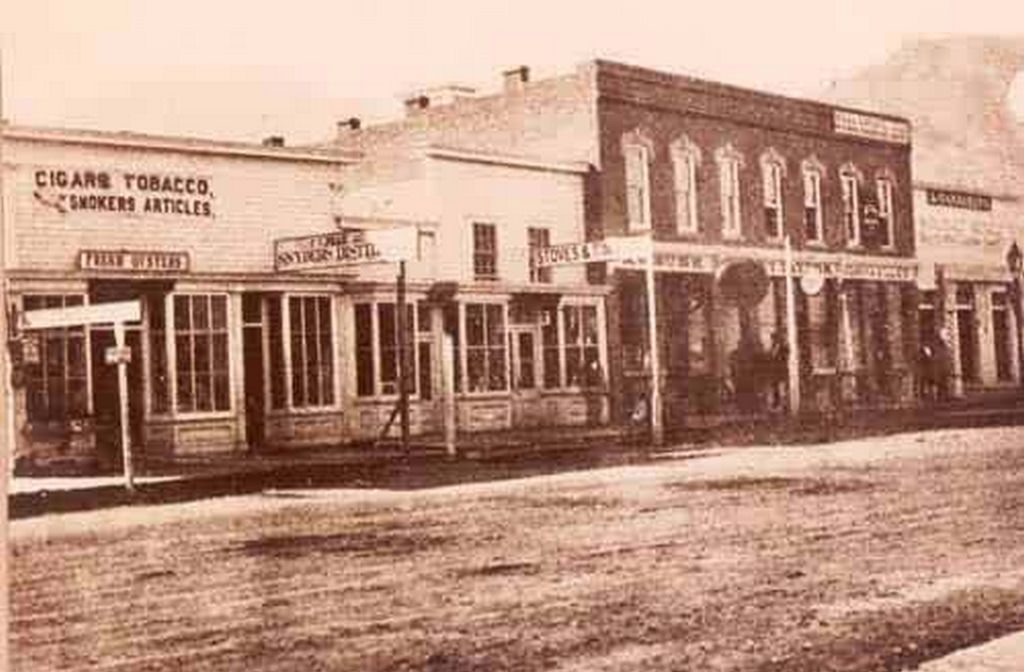



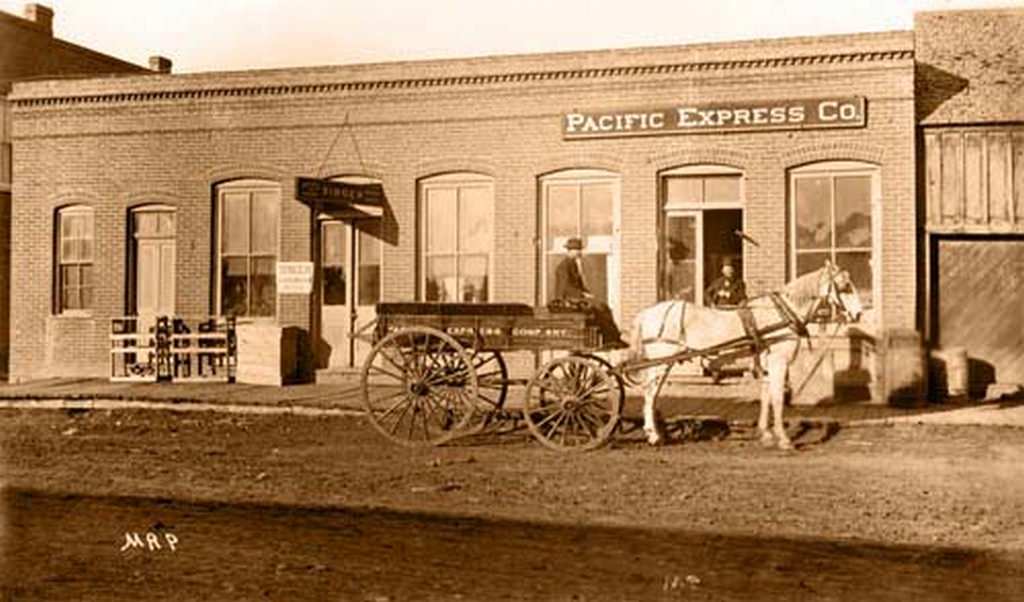



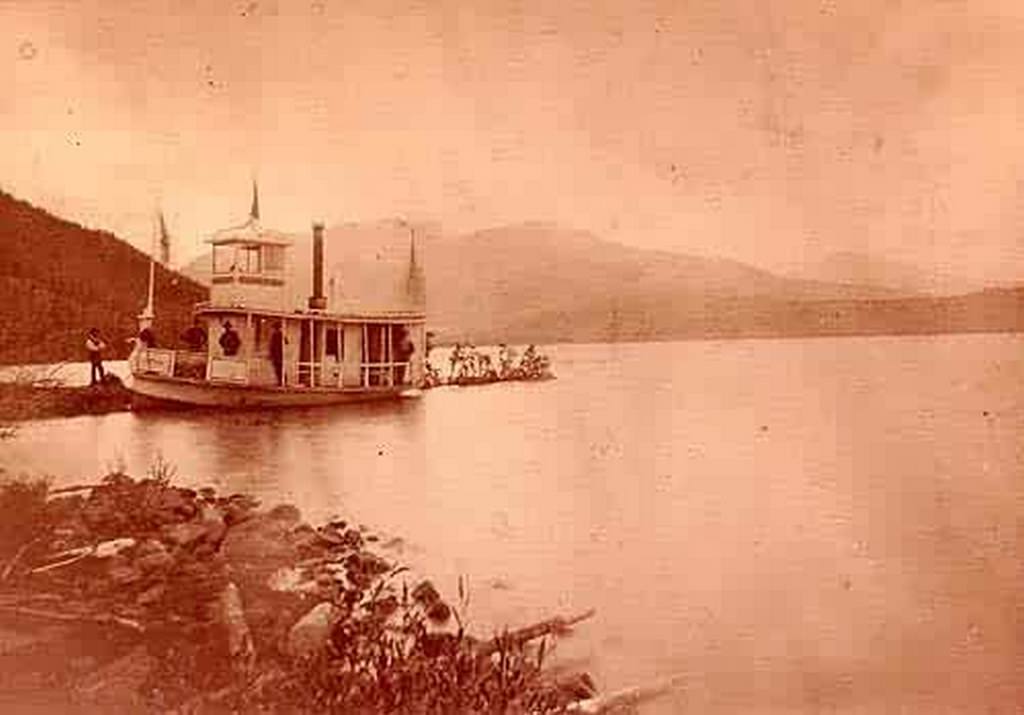











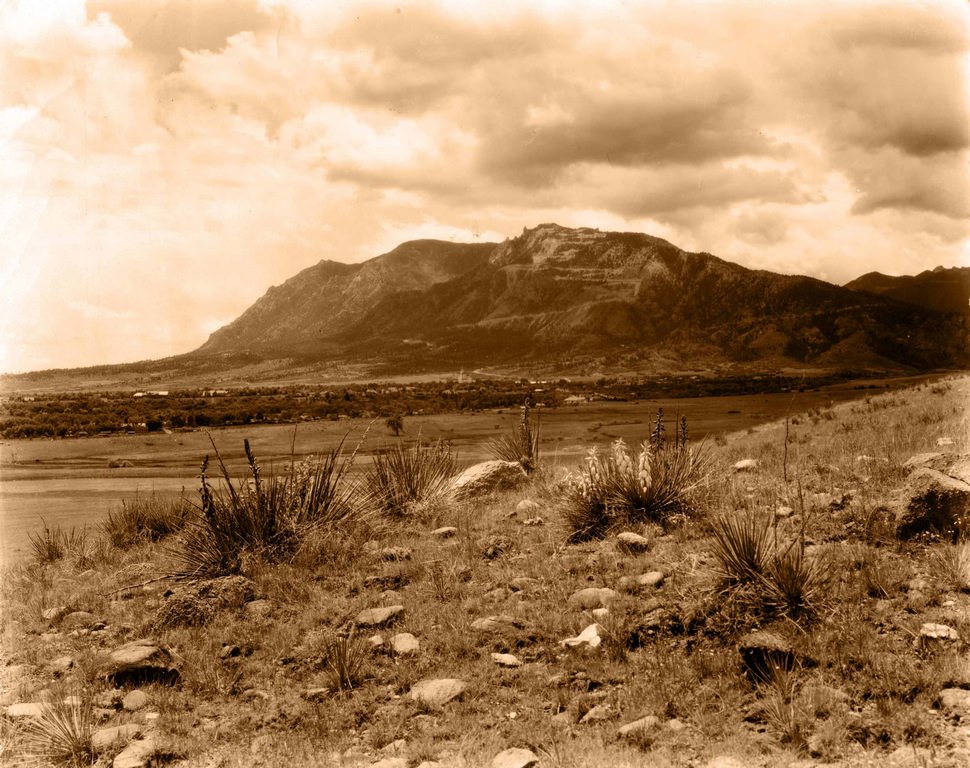

























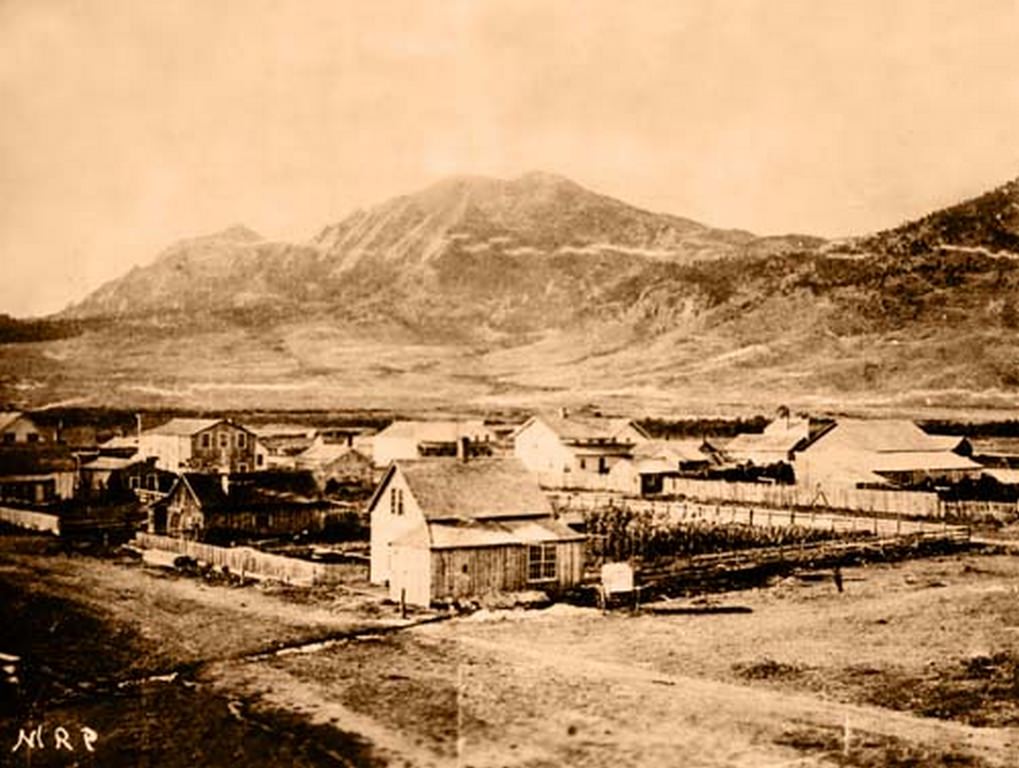














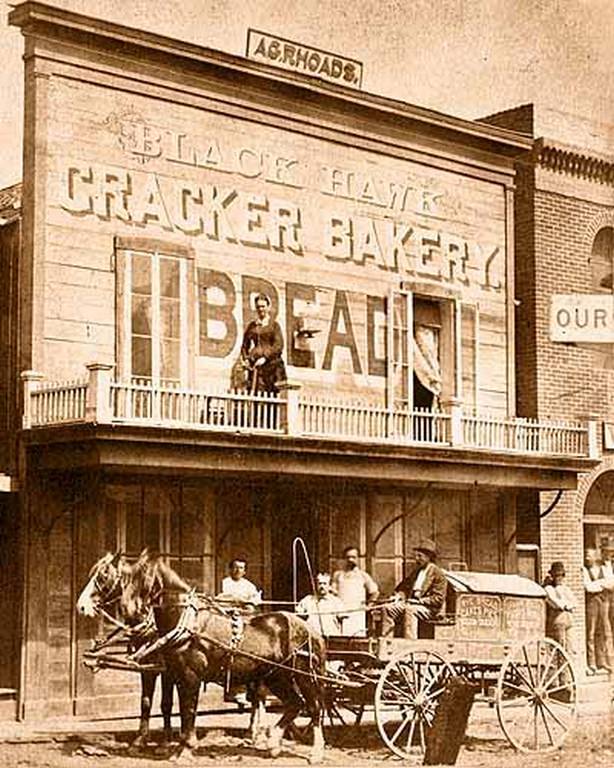







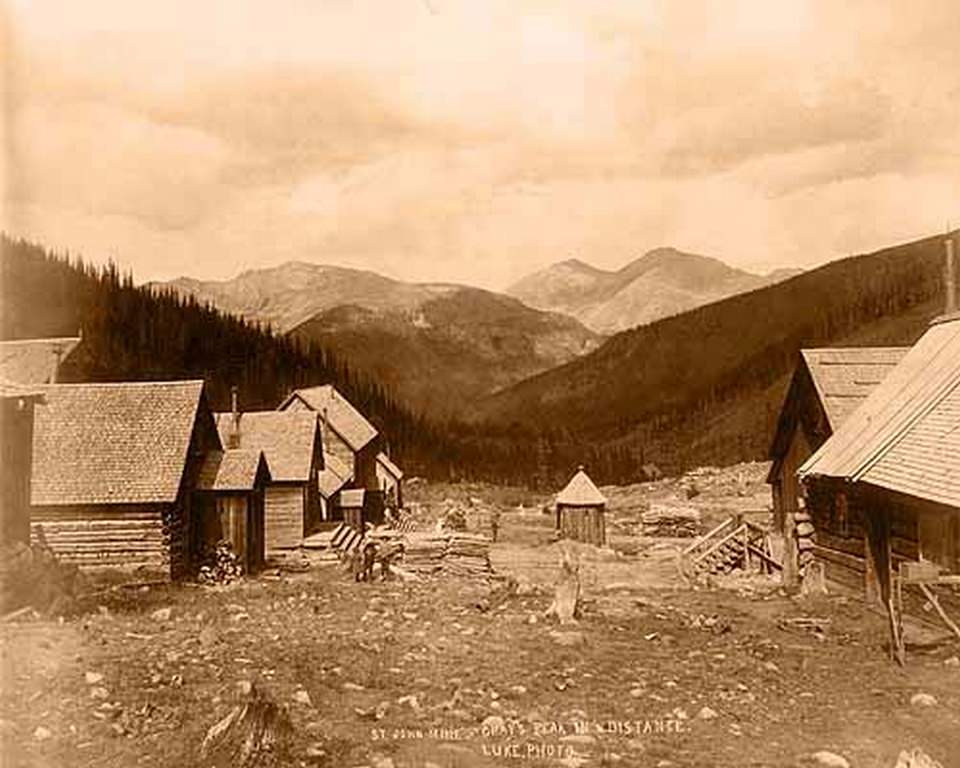













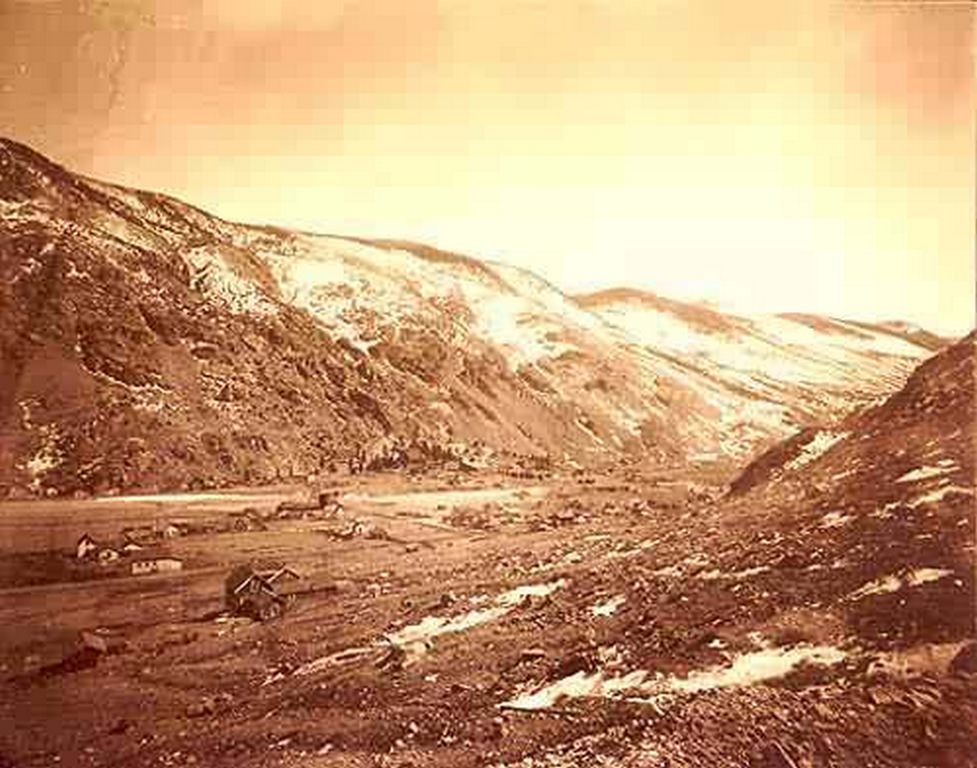























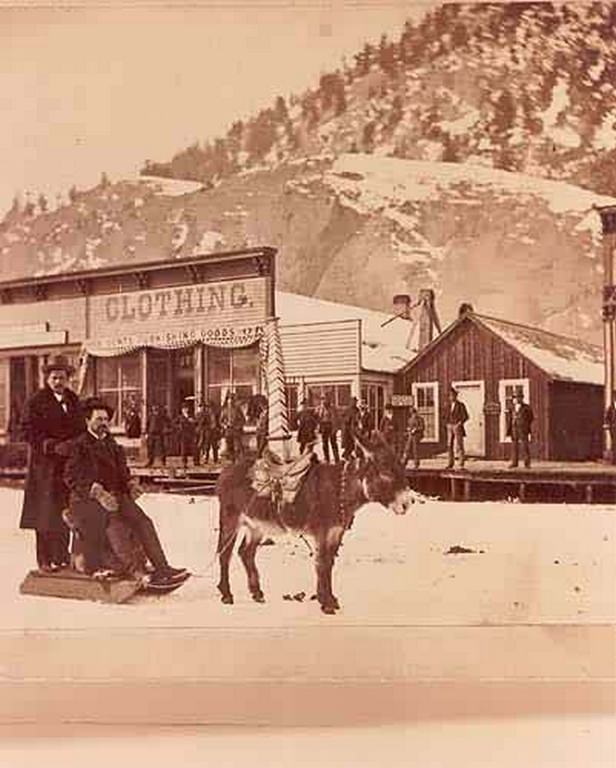

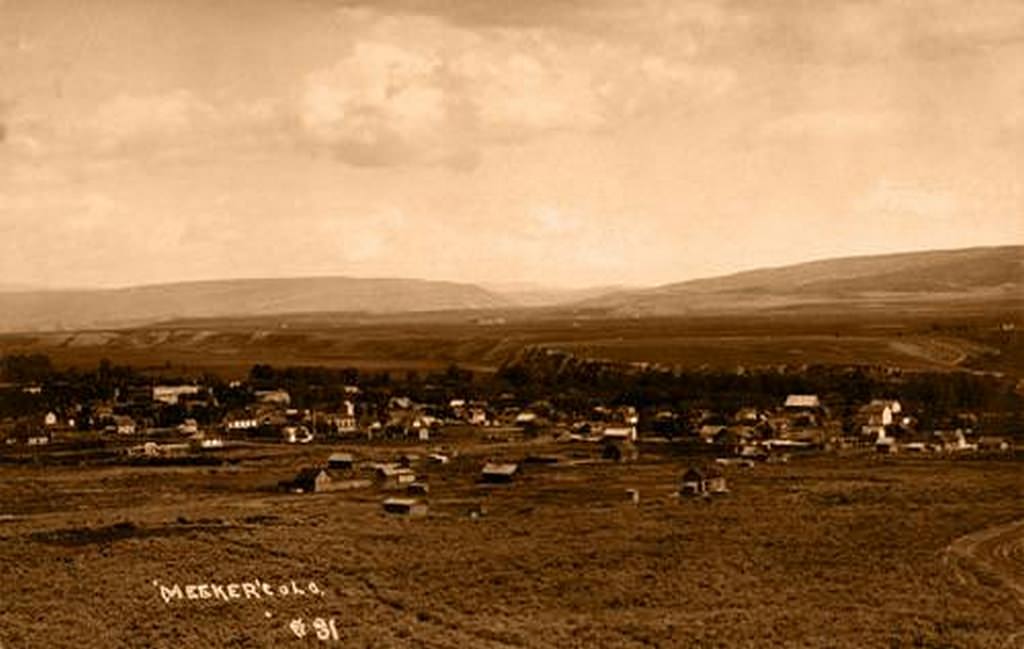


















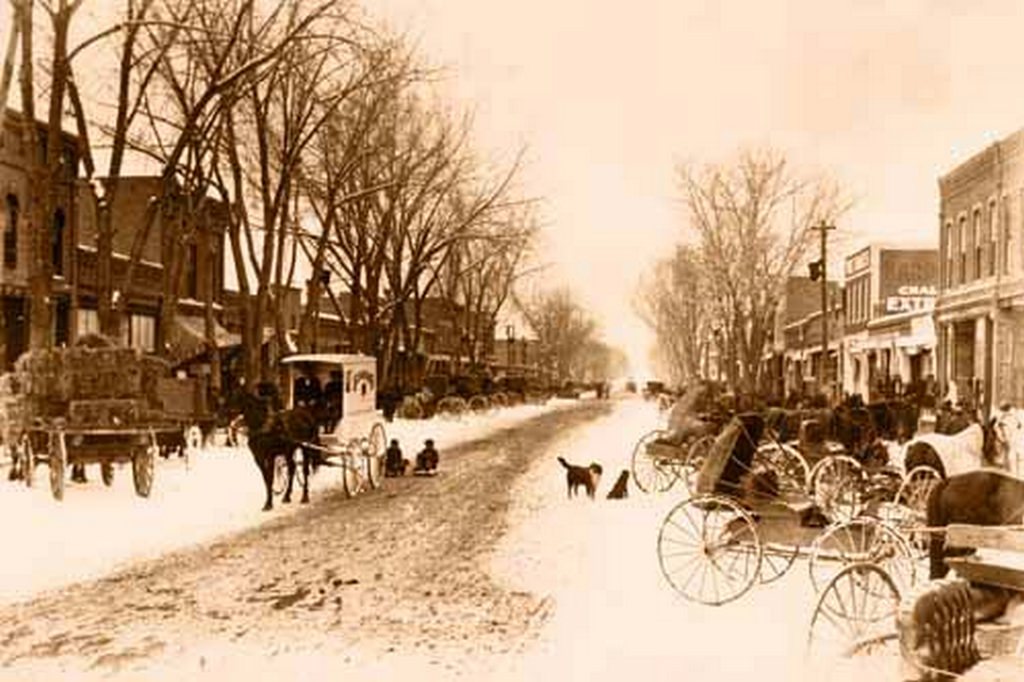






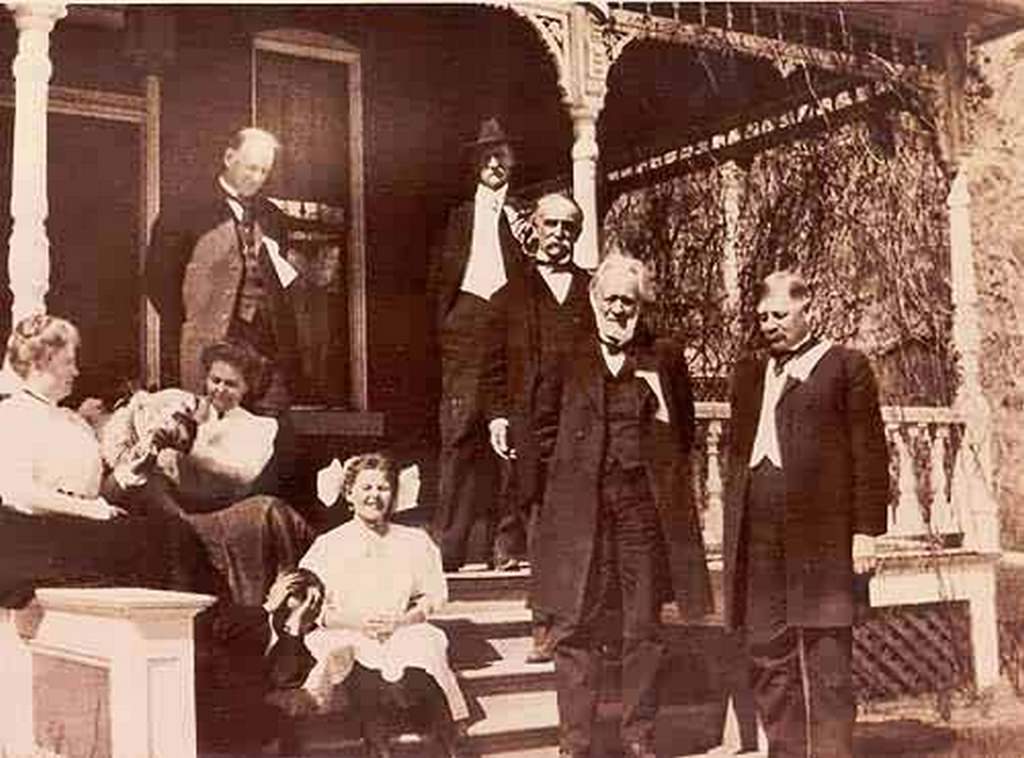





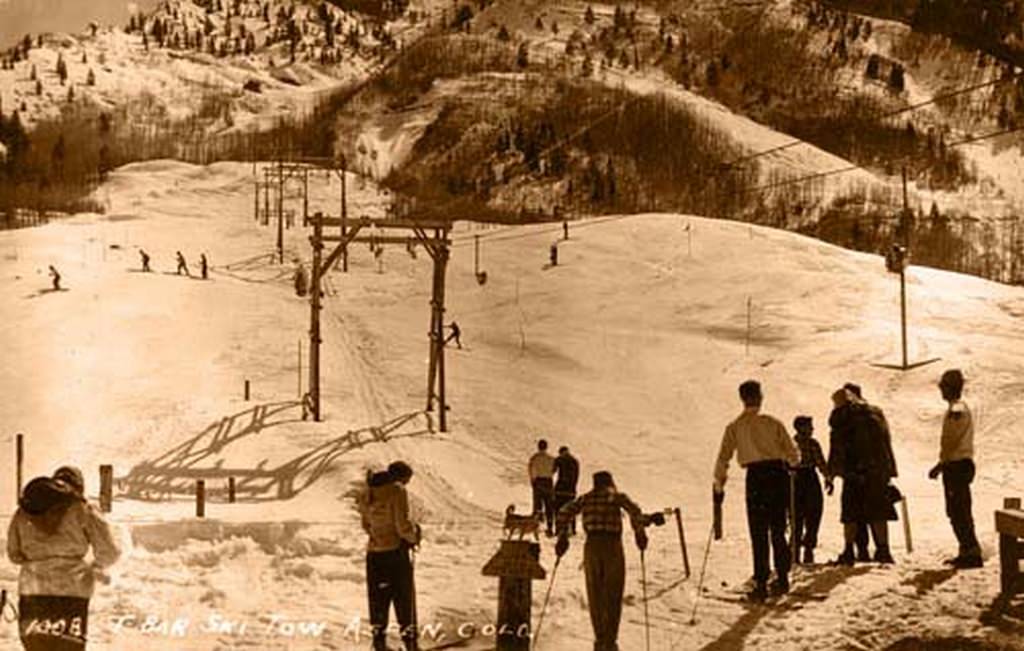


Quite a few cars in Manitou, Colorado, 1884.
There are a lot of fantastic photos, but I wouldn’t put much trust in the dating.
Did they have ski lifts in the 1870s? That’s crazy. When I think of that era’s west, I imagine outlaw types on horseback.